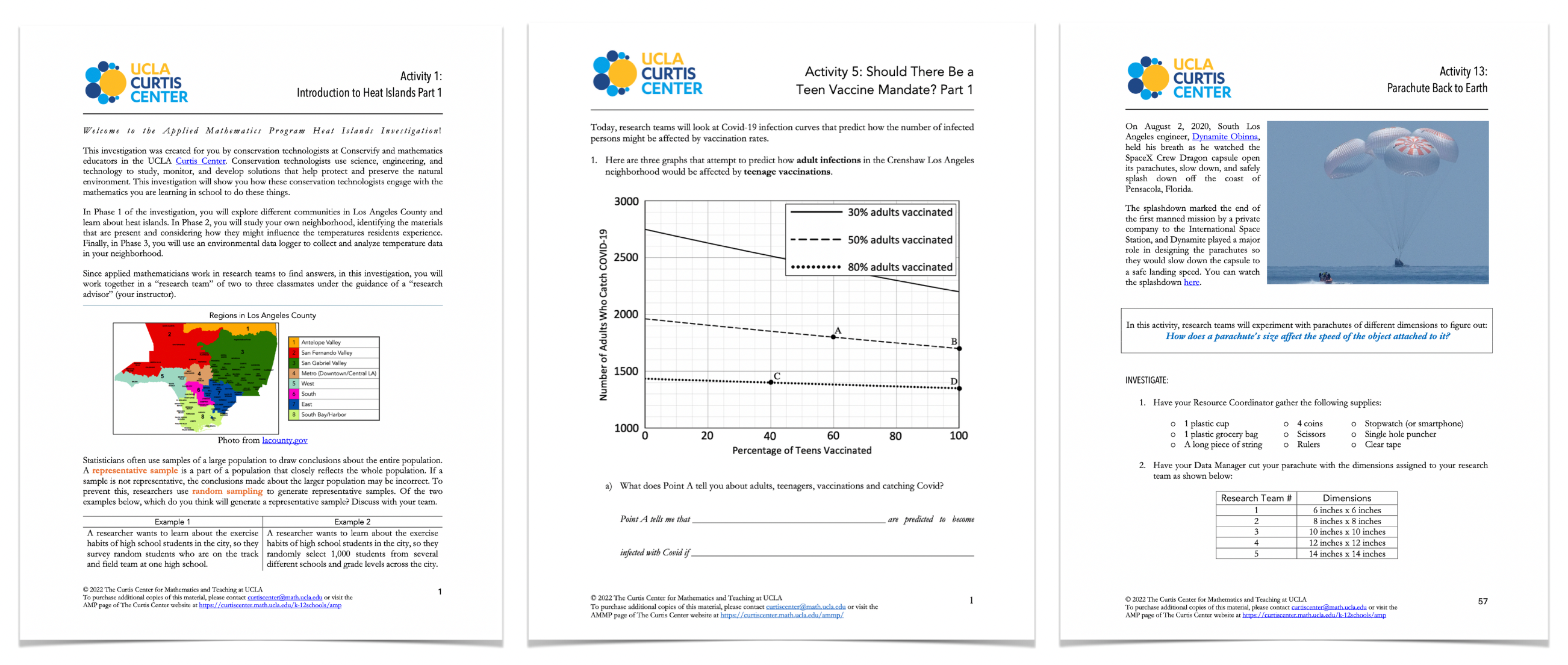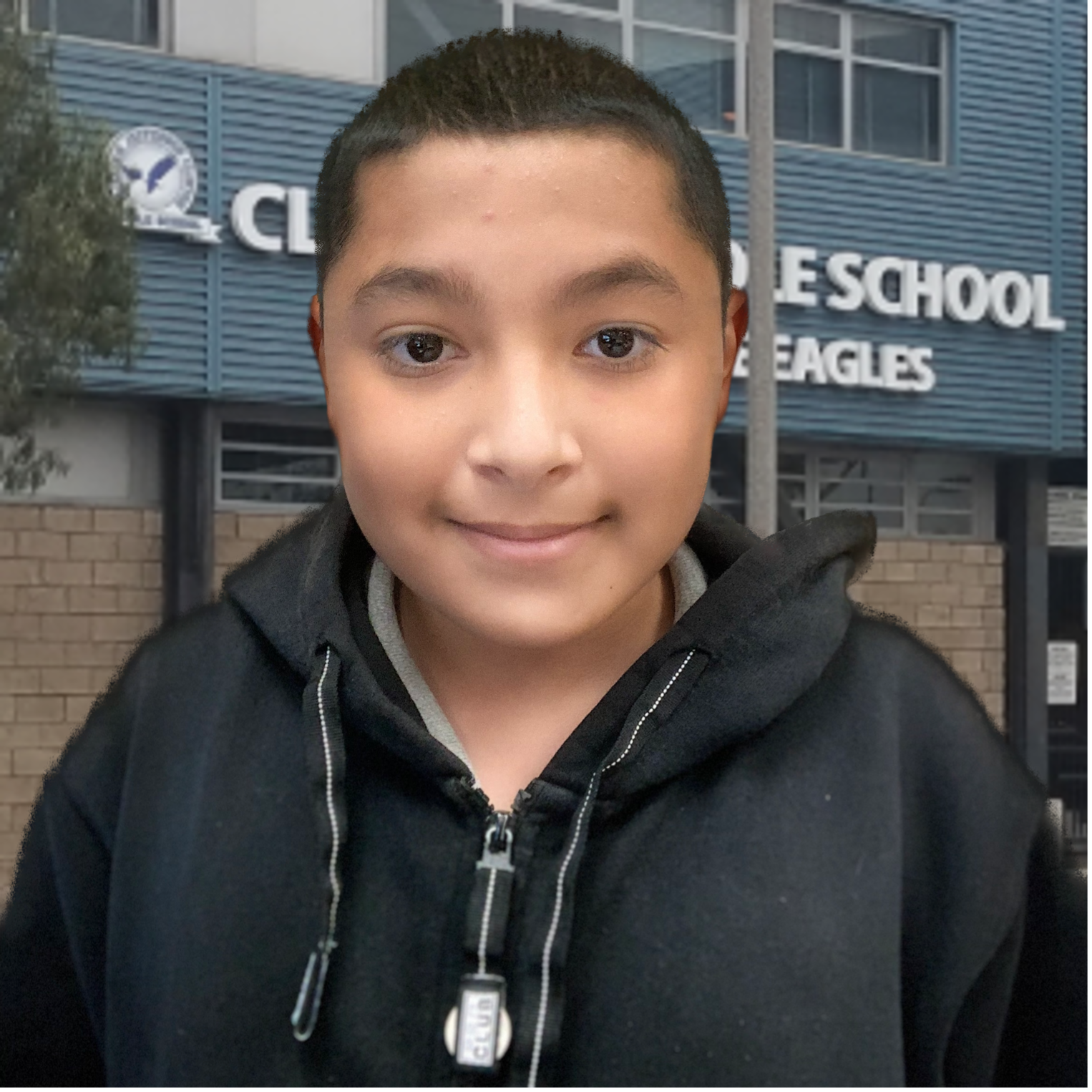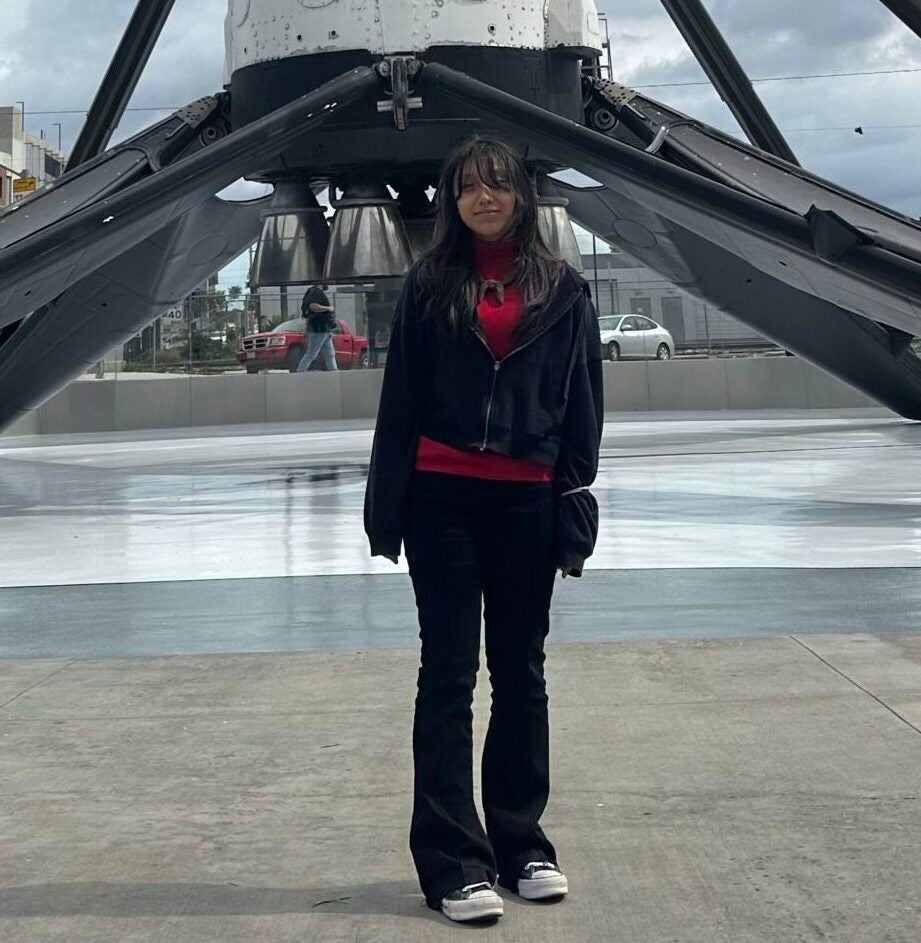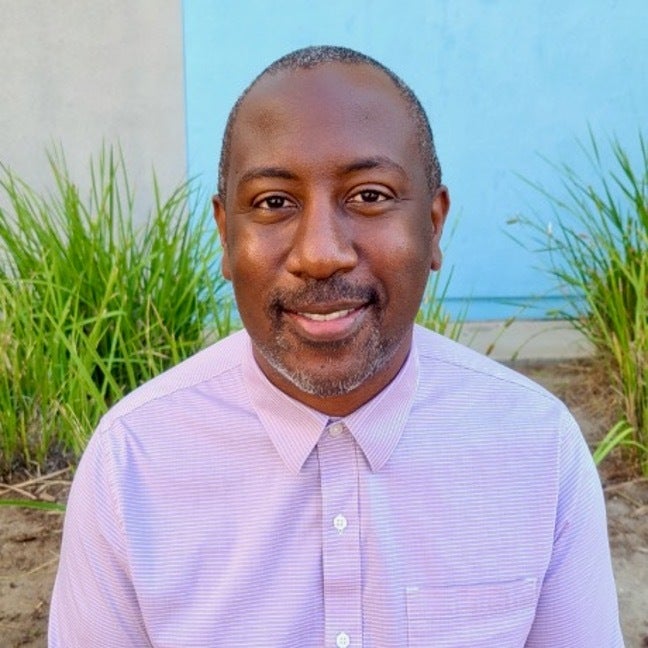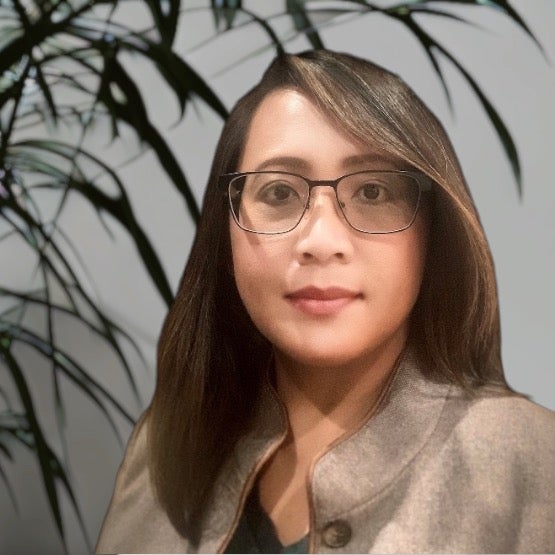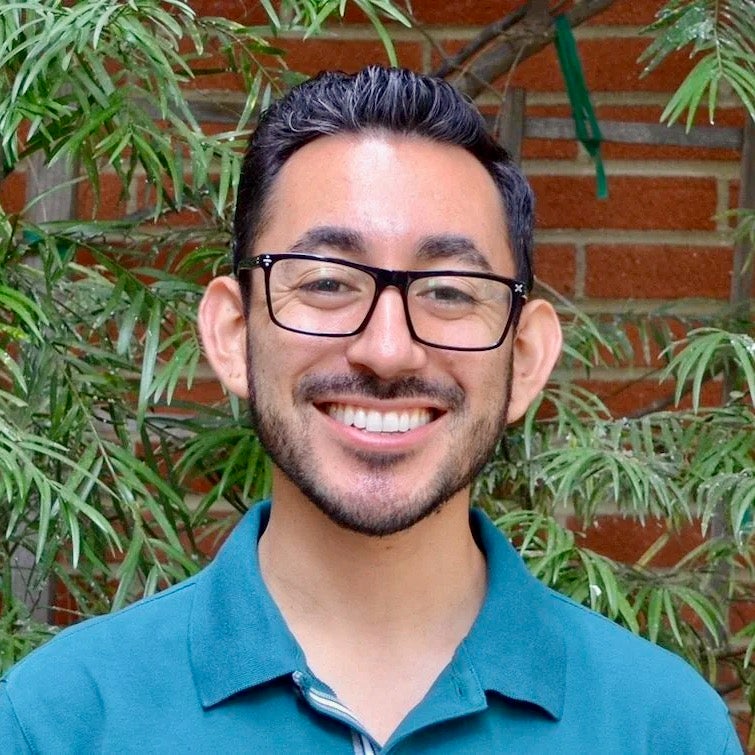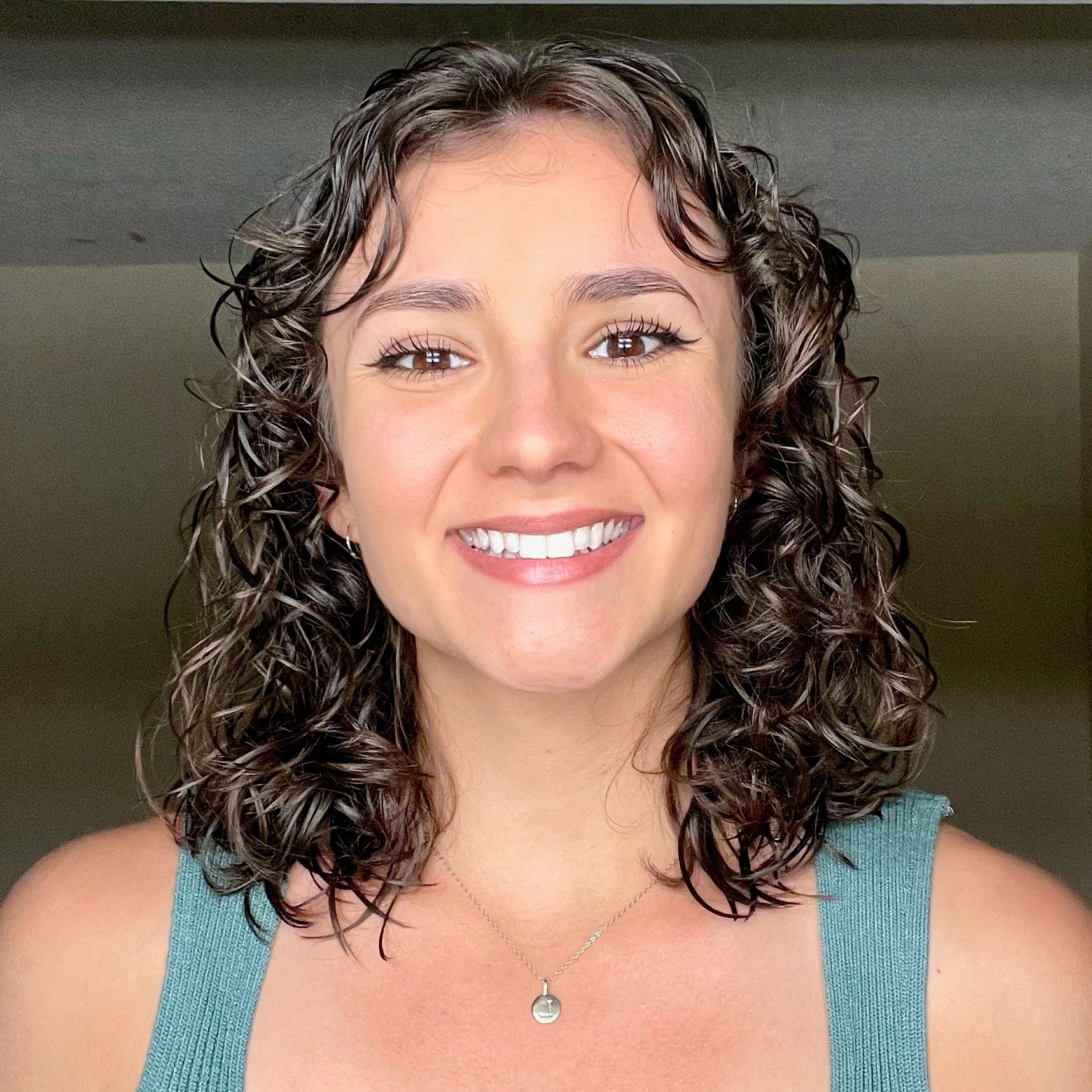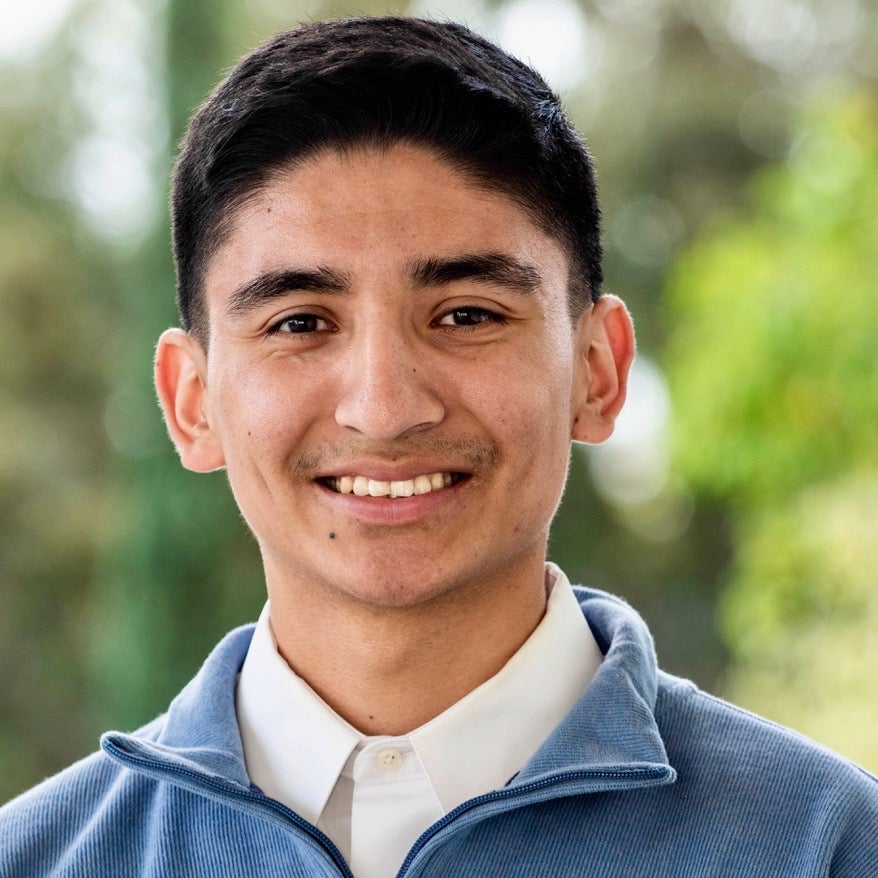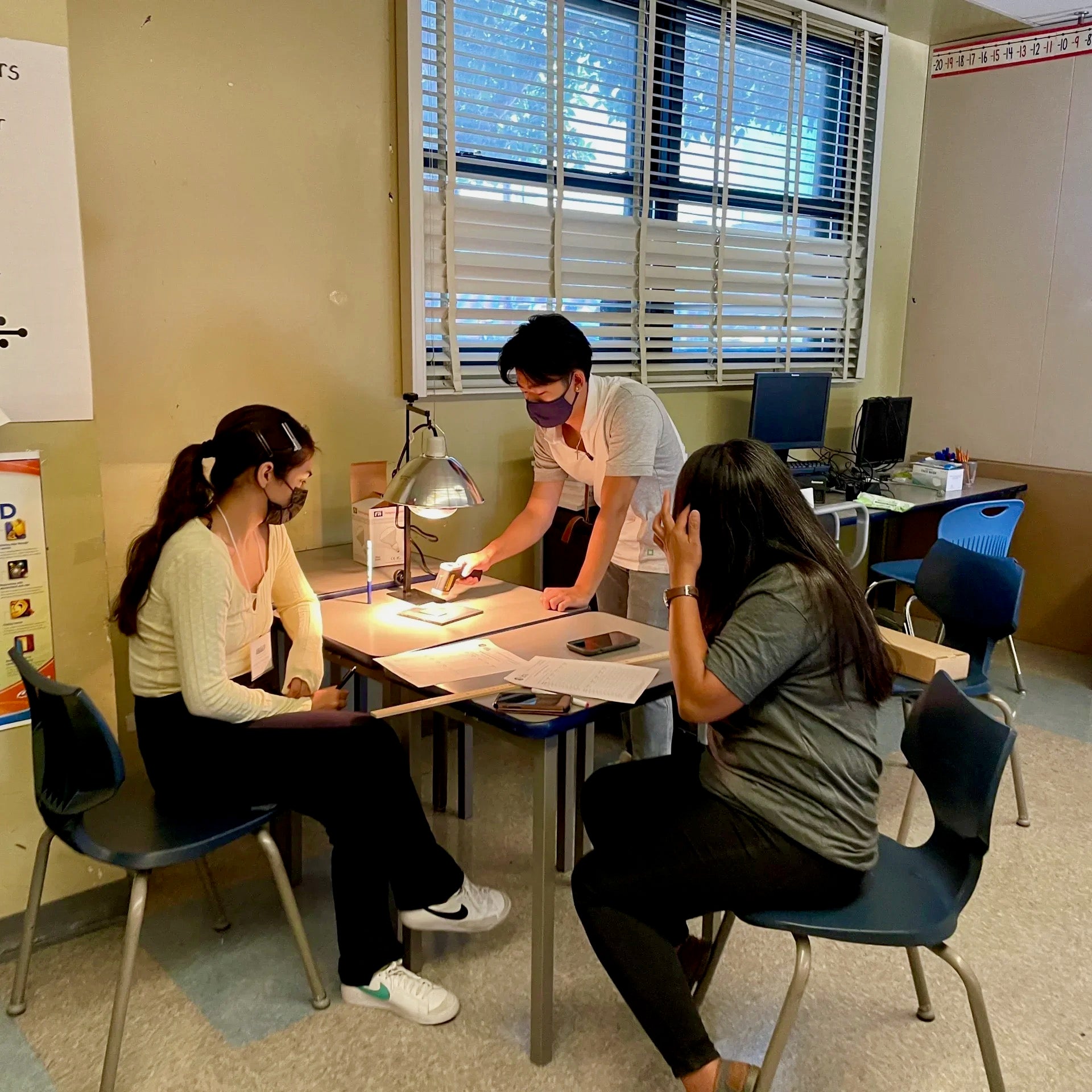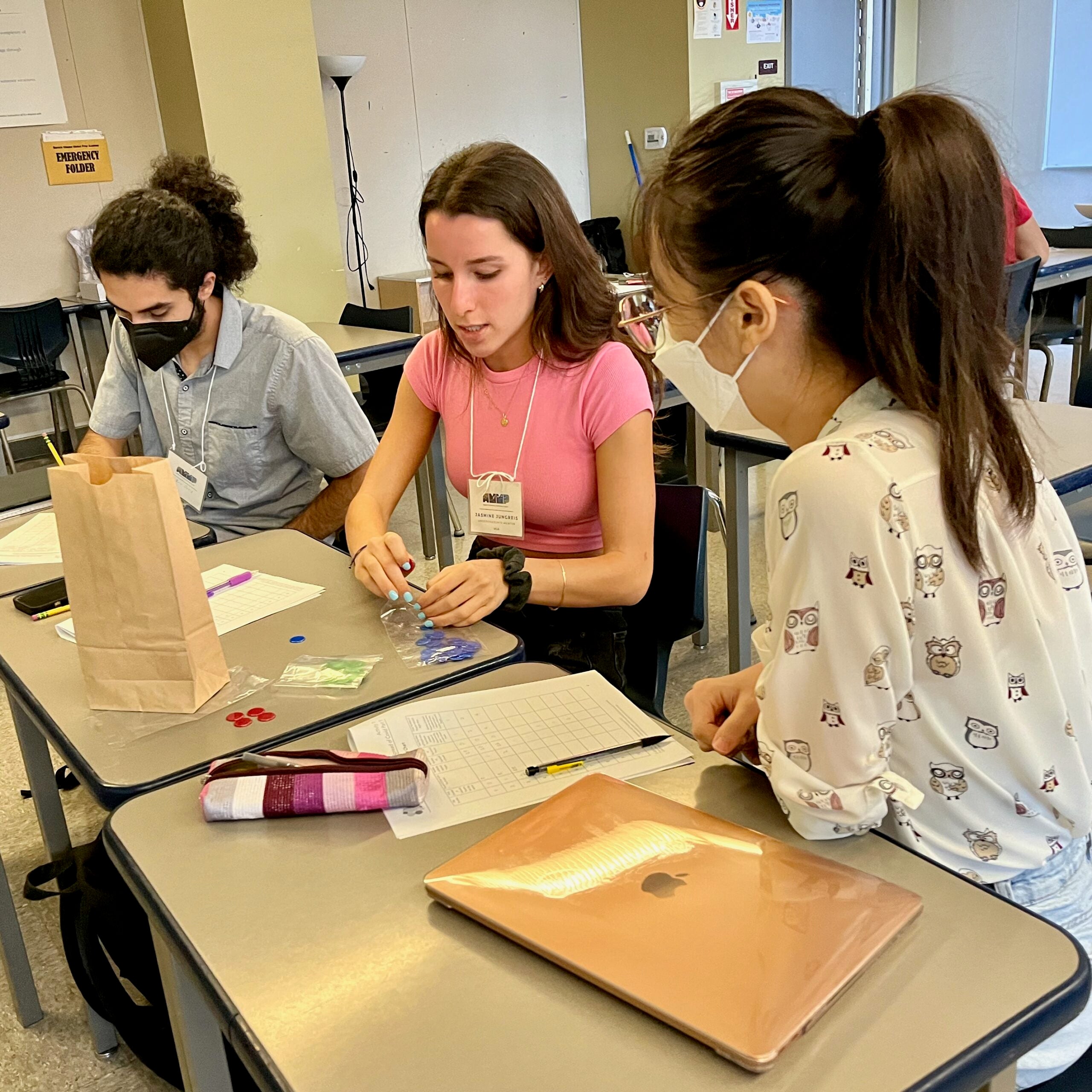Engage your students as doers and creators of mathematics in data-driven applied mathematics investigations that support core grade-level learning.
Rehumanize Mathematics For Your Students
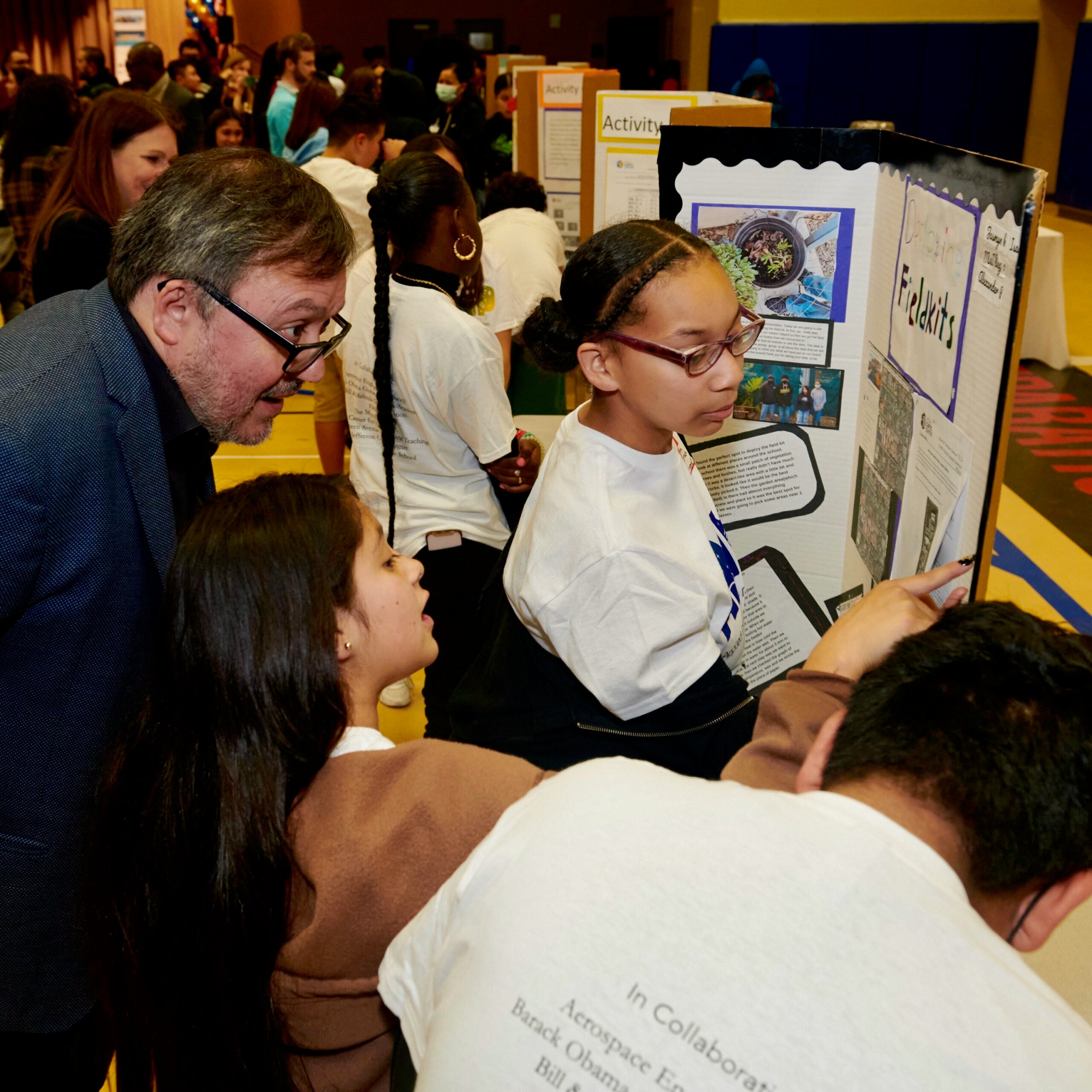
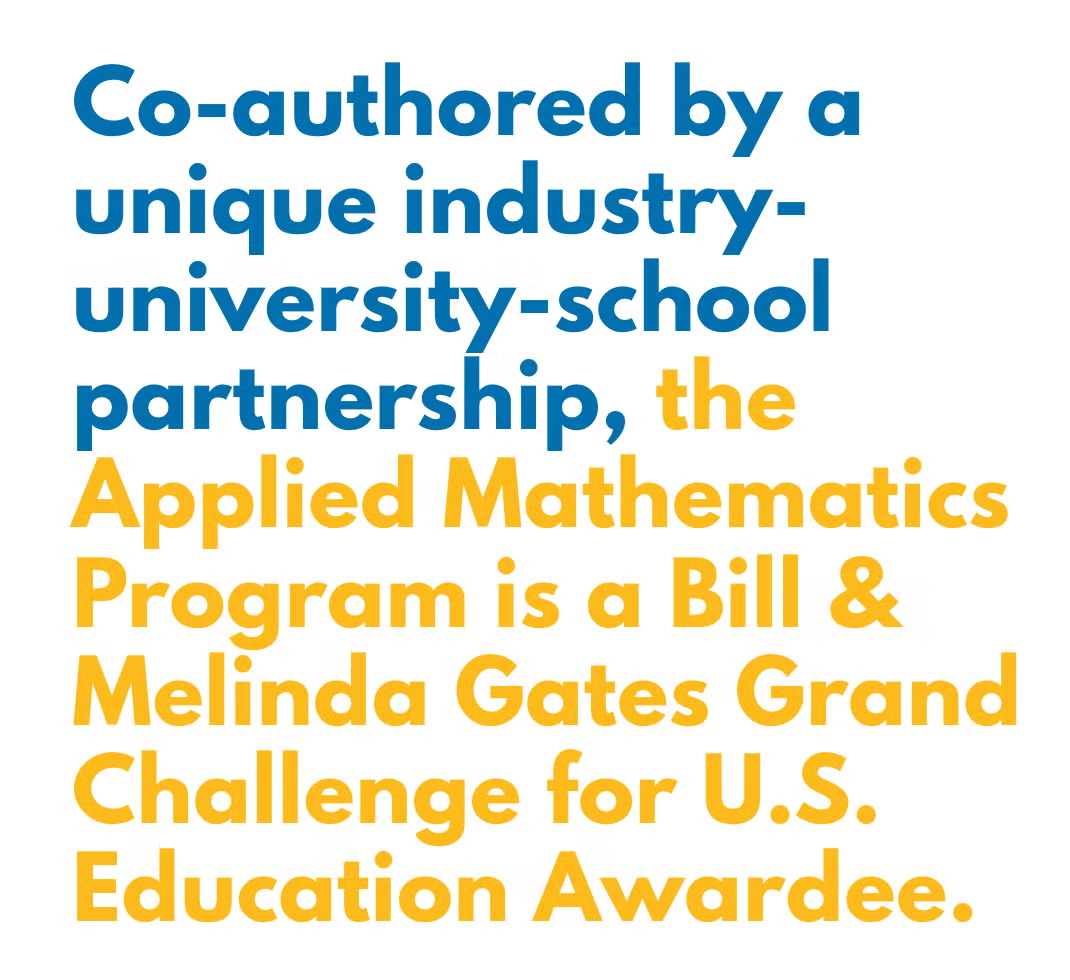
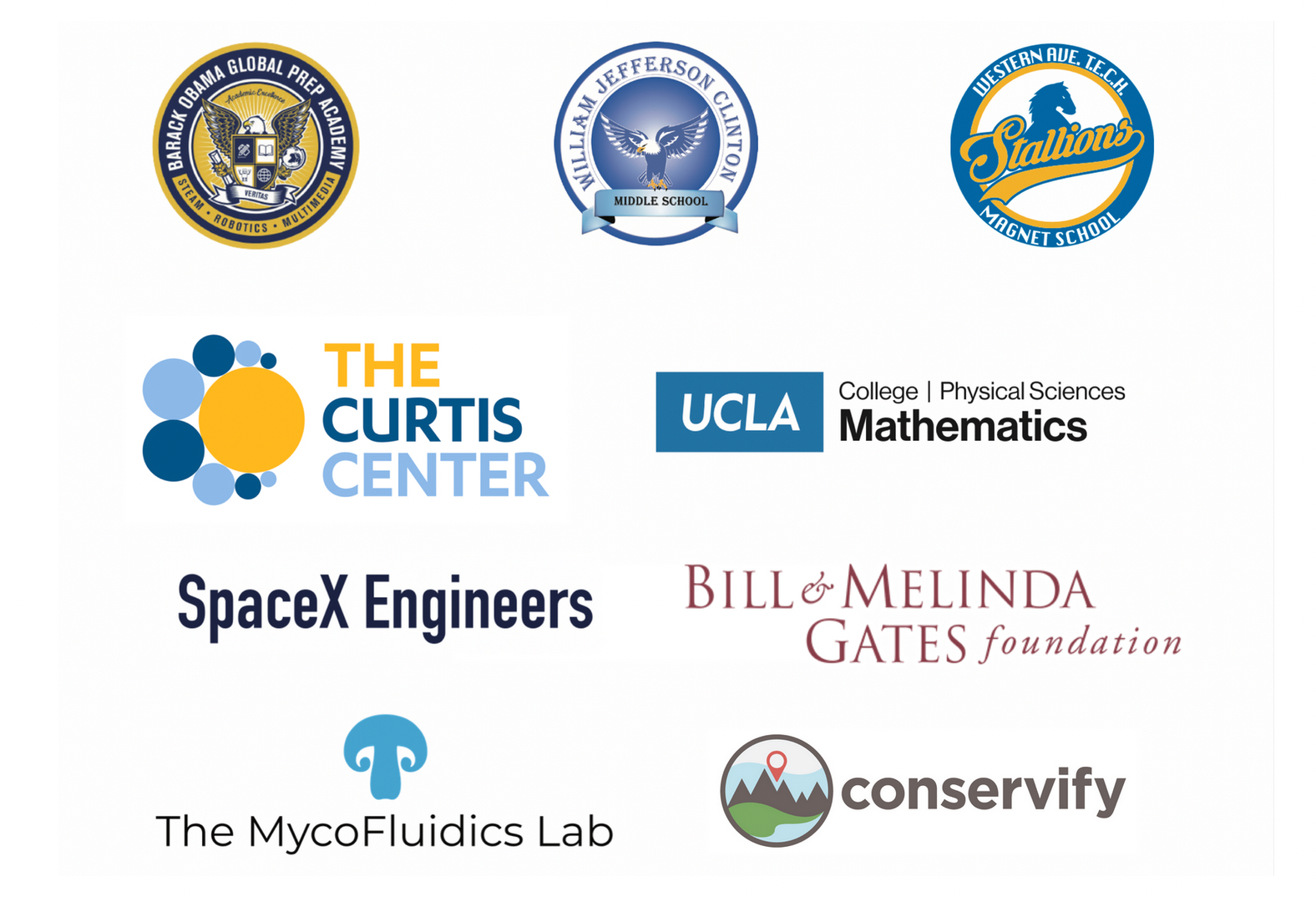
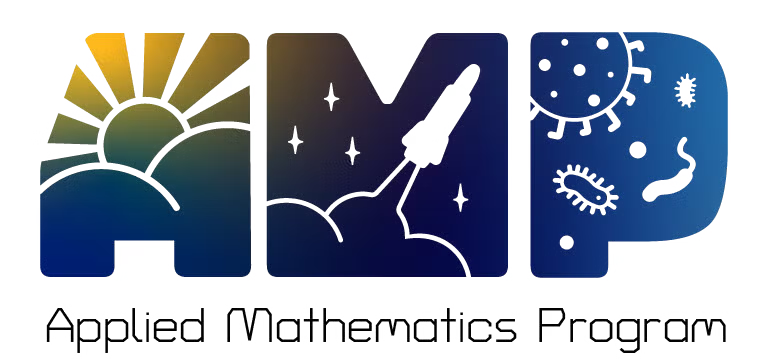
AMP investigations focus on:
- Grade 7: Math in the Environment
- Grade 8: Math in Epidemiology
- Algebra 1: Math in Aerospace
Click HERE for a sample activity from the Algebra 1 investigation!
Implement AMP as:
- an elective course
- high quality instructional materials for a math support class
- after school enrichment
- a STEM magnet PBL
- exploratory math labs
in core math class
Overview
Nationwide, students are rarely asked to be doers and creators of mathematics (Stigler, 1999; Schmidt et al., 2022); rarely shown that mathematics addresses issues relevant to them and their community (Schmidt et al., 2022) and; rarely exposed to the diversity of today’s mathematical community (Hobson, 2017; Irvine, 2020).
These scarcities of higher order thinking, intellectual need (Harel, 2007), and mirrors (Style, 1988; Goffney, Gutiérrez, Boston, 2018) in our mathematics classrooms undermine student sense of belonging and motivation in mathematics, which ultimately negatively impacts student mathematical learning.
The Applied Mathematics Program is a community response to these challenges. It positions students as doers and creators of mathematics. Each investigation consists of 13 multi-day activities that tell a coherent story while engaging students in answering grade-level mathematical questions related to heat islands in their community (Grade 7), epidemiology (Grade 8), or current efforts of South LA aerospace engineers (Algebra I).
In AMP, your students will investigate currently relevant applications of mathematics on small research teams under your mentorship. In the curriculum, they’ll interact with videos and vignettes in which a diverse group of STEM professionals share their personal STEM journey. AMP provides “windows and mirrors” that help your students view mathematics as a socially useful endeavor in which their whole person can engage.
American Institute of Research Study Results
Goal: Measure impact on student mathematical growth and sense of belonging
|
|
Quasi-Experimental Match Comparison Design: each AMP student matched to a non-AMP student with similar baseline mathematics performance and same core mathematics instructor. Results pooled across 7th, 8th, and 9th grade participants.
92% of students surveyed
found AMP activities helpful for learning math
97% of students surveyed
found AMP activities helped to build a positive learning environment
14% reported increase
in how often teachers reported using instructional practices that emphasizes deep engagement with math content
Summer 2025 AMP Camp
Learn how to teach the AMP Math in Epidemiology investigation, where students use real Los Angeles data to explore diseases like measles and COVID-19. Students apply grade-level statistics to understand how diseases spread in their community and examine possible interventions.
Six day training @ UCLA: July 23 – 25 + 28 – 30, 2025
Training will be provided at NO COST to Southern California teachers, thanks to the generous funding of the Nicholas Endowment.


